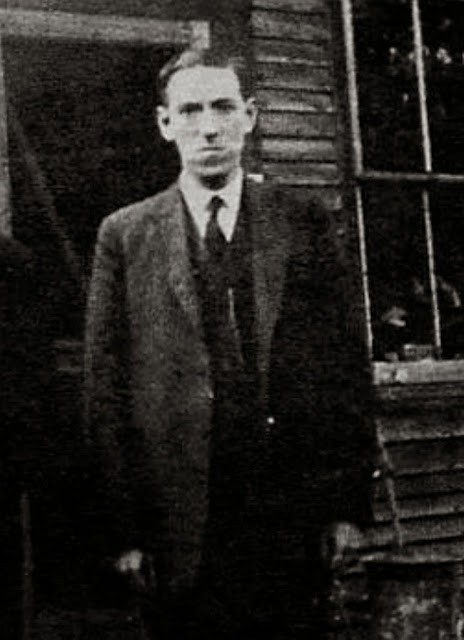Few persons know the inside of the Clarendon story, or even that there is an inside not reached by the newspapers. It was a San Francisco sensation in the days before the fire, both because of the panic and menace that kept it company, and because of its close linkage with the governor of the state. Governor Dalton, it will be recalled, was Clarendon’s best friend, and later married his sister. Neither Dalton nor Mrs. Dalton would ever discuss the painful affair, but somehow the facts have leaked out to a limited circle. But for that and for the years which have given a sort of vagueness and impersonality to the actors, one would still pause before probing into secrets so strictly guarded at the time.
The appointment of Dr. Alfred Clarendon as medical director of San Quentin Penitentiary in 189- was greeted with the keenest enthusiasm throughout California. San Francisco had at last the honour of harbouring one of the greatest biologists and physicians of the period, and solid pathological leaders from all over the world might be expected to flock thither to study his methods, profit by his advice and researches, and learn how to cope with their own local problems. California, almost over night, would become a centre of medical scholarship with earthwide influence and reputation.
Governor Dalton, anxious to spread the news in its fullest significance, saw to it that the press carried ample and dignified accounts of his new appointee. Pictures of Dr. Clarendon and his new home near old Goat Hill, sketches of his career and manifold honours, and popular accounts of his salient scientific discoveries were all presented in the principal California dailies, till the public soon felt a sort of reflected pride in the man whose studies of pyemia in India, of the pest in China, and of every sort of kindred disorder elsewhere would soon enrich the world of medicine with an antitoxin of revolutionary importance—a basic antitoxin combating the whole febrile principle at its very source, and ensuring the ultimate conquest and extirpation of fever in all its diverse forms.
Back of the appointment stretched an extended and not wholly unromantic history of early friendship, long separation, and dramatically renewed acquaintance. James Dalton and the Clarendon family had been friends in New York ten years before—friends and more than friends, since the doctor’s only sister, Georgina, was the sweetheart of Dalton’s youth, while the doctor himself had been his closest associate and almost his protégé in the days of school and college. The father of Alfred and Georgina, a Wall Street pirate of the ruthless elder breed, had known Dalton’s father well; so well, indeed, that he had finally stripped him of all he possessed in a memorable afternoon’s fight on the stock exchange. Dalton Senior, hopeless of recuperation and wishing to give his one adored child the benefit of his insurance, had promptly blown out his brains; but James had not sought to retaliate. It was, as he viewed it, all in the game; and he wished no harm to the father of the girl he meant to marry and of the budding young scientist whose admirer and protector he had been throughout their years of fellowship and study. Instead, he turned to the law, established himself in a small way, and in due course of time asked “Old Clarendon” for Georgina’s hand.




















